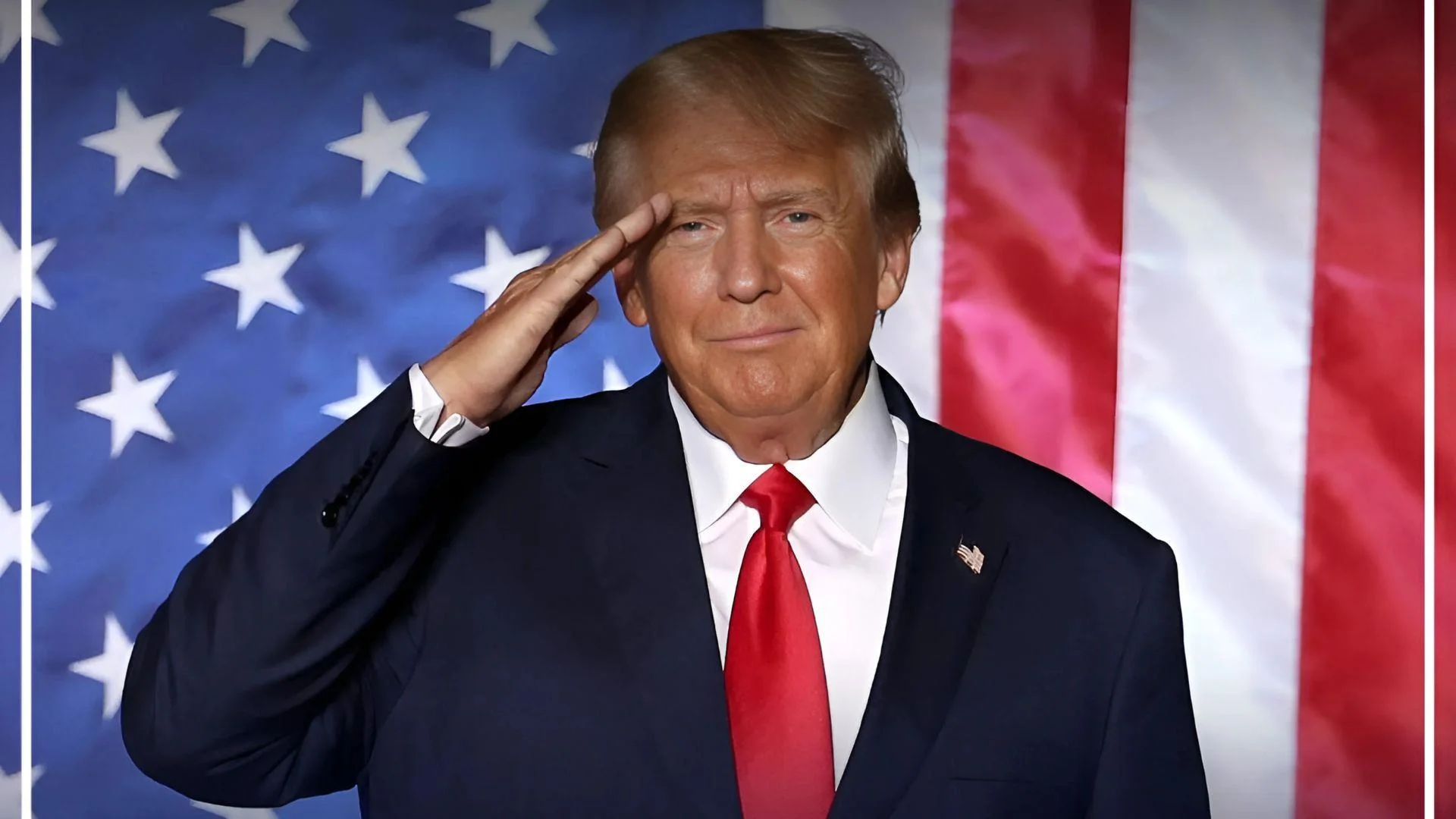
President Donald Trump | x.com
MyPayMySay, an advocacy group, has urged educators to annually review their health insurance plans and consider alternatives to union-negotiated coverage. The organization made this statement on its website on March 19.
"Educators are advised to assess their current health insurance coverage to ensure it aligns with their individual needs and financial situations," said MyPayMySay. "Union-negotiated health plans, while offering comprehensive coverage, may not always be the most cost-effective option for every teacher. Conducting an annual review of health insurance coverage is a proactive step to prevent overpaying for healthcare."
According to MyPayMySay, many union health insurance plans have high premiums, limited provider networks, and hidden administrative costs. These factors often result in educators paying more for coverage they seldom use. The group emphasizes that these plans may not align with current healthcare needs, particularly for teachers who have not updated their coverage in years. However, it points out that educators are not restricted to union plans and can explore affordable and personalized options through private brokers, state and federal exchanges, as well as alternatives like High-Deductible Health Plans (HDHPs) paired with Health Savings Accounts (HSAs).
The Kaiser Family Foundation (KFF) reports that the average annual premium for family coverage increased to $24,000 in 2024. Employees contributed an average of $7,500, reflecting a steady rise over the past decade. Educators, similar to other workers, face challenges in balancing comprehensive coverage with affordability.
In 2022, nearly 40% of Americans reported skipping or delaying medical care due to high costs—the highest rate recorded since Gallup began tracking this data in 2001. CBS News notes this represents a 12-point increase from 2021, with over a quarter of respondents avoiding treatment for serious conditions. Lower-income individuals, women, and younger adults were disproportionately affected.
In February 2025, President Donald Trump signed an Executive Order aimed at enforcing and expanding healthcare price transparency. The administration seeks to lower healthcare costs by enabling patients and employers to compare prices and make informed decisions—potentially saving up to $80 billion by 2025. This initiative responds to public demand; according to The White House, 95% of Americans support price transparency with six in ten considering it a top government priority.
MyPayMySay states on its website that it empowers educators with resources and advocacy tools necessary for navigating modern classroom challenges. It aims to promote teacher autonomy and student success through policy reform and informed decision-making tools.


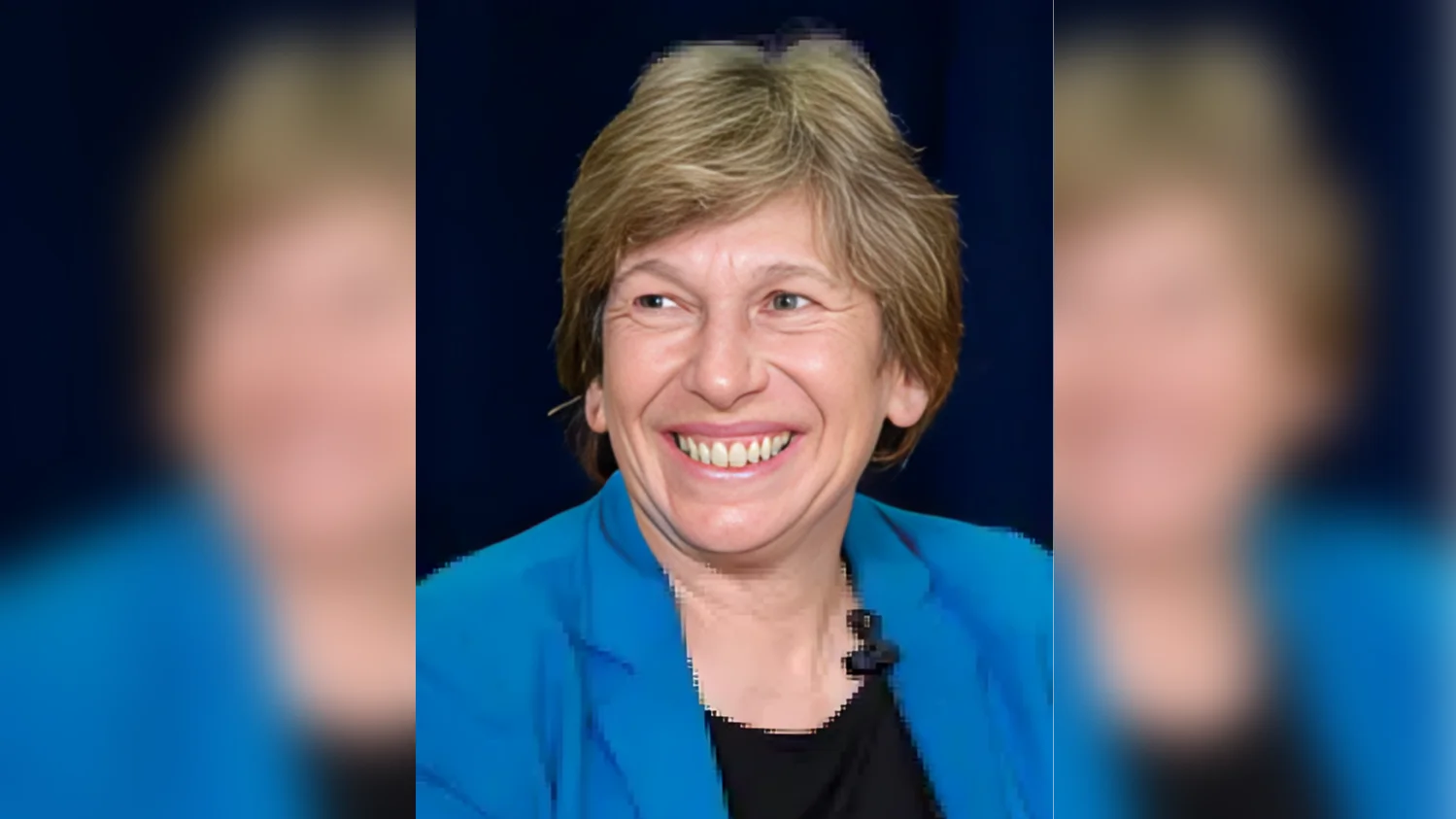
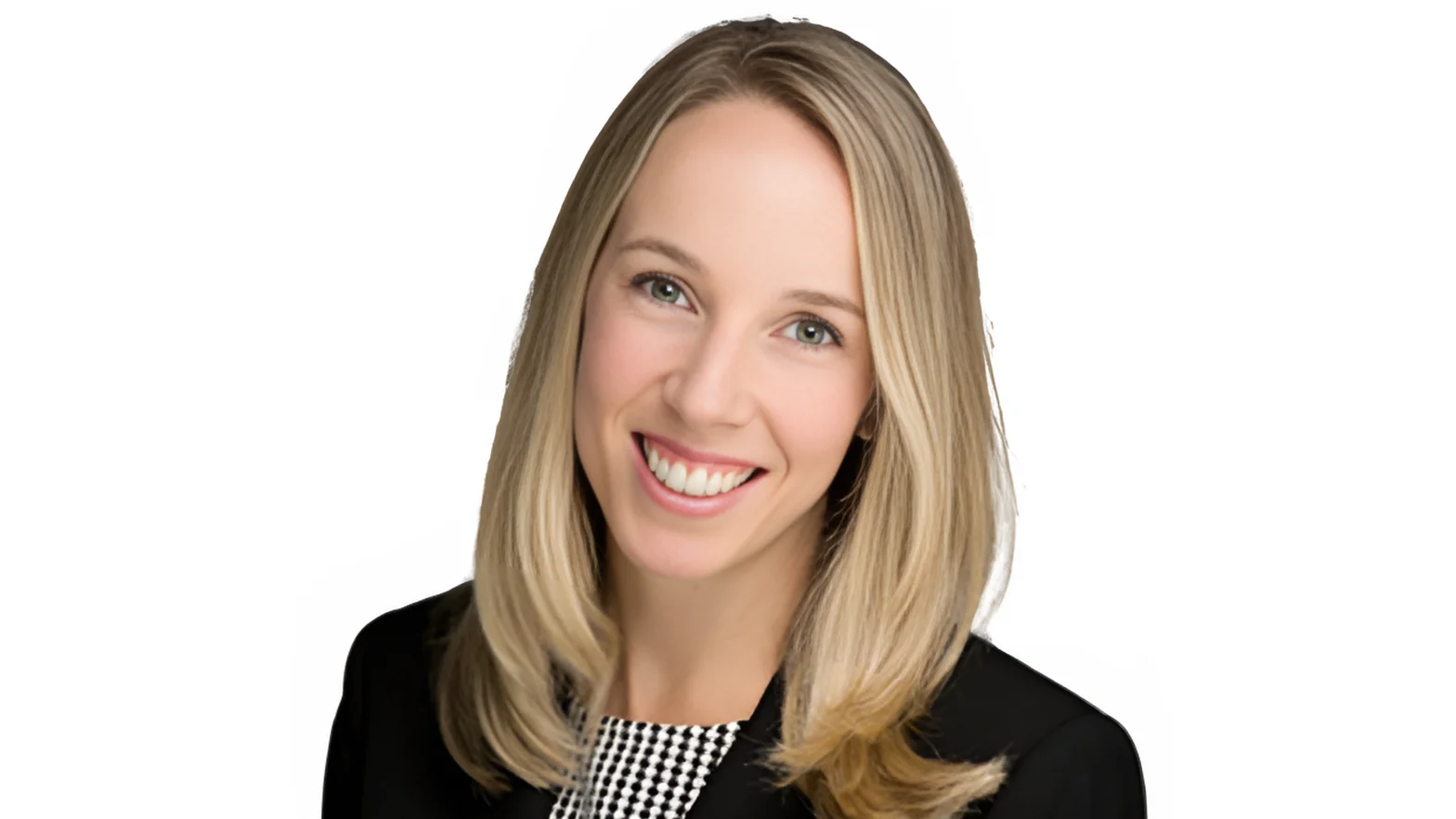
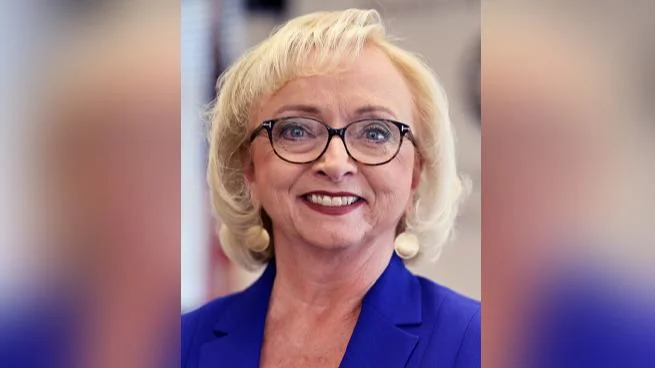
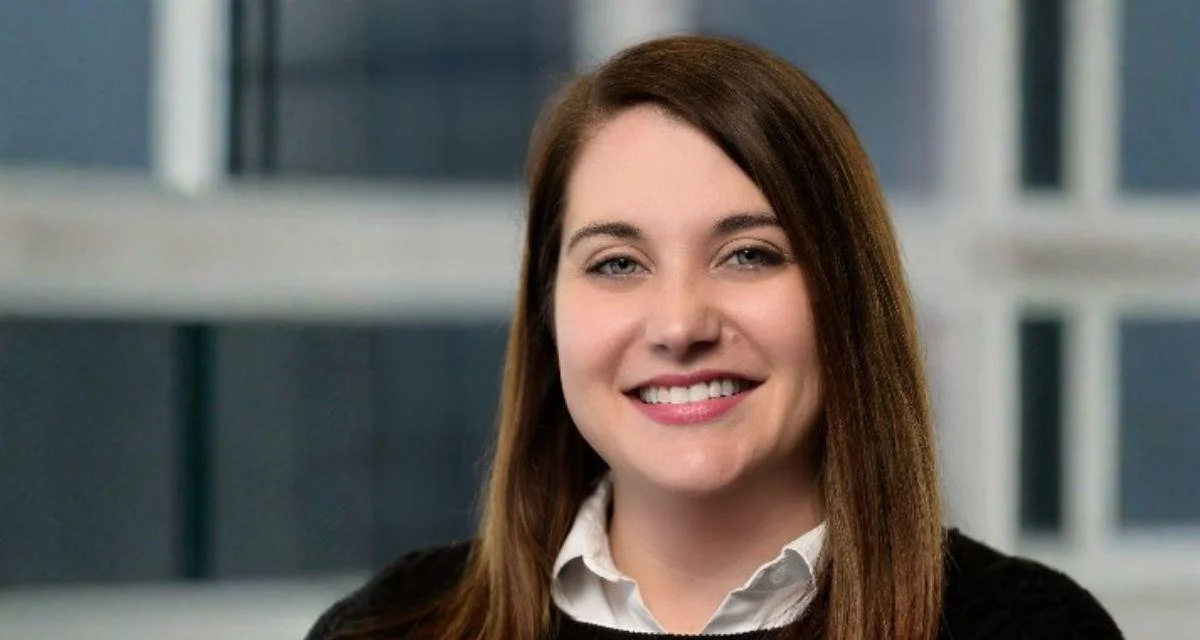
 Alerts Sign-up
Alerts Sign-up